Source: Scientific American
In the past two decades, the roster of known planets in the galaxy has mushroomed. Astronomers have added to the handful in our own solar system roughly 450 so-called exoplanets orbiting other stars. Most of those planets are more massive than Saturn, which makes them unpromising from a habitability standpoint—such giants tend to be gaseous bodies without a surface to walk on.
But the giant planets in our solar system—Jupiter, Saturn, Neptune and Uranus—all have moons, some with planetlike features such as atmospheres, magnetic fields or active volcanoes. And although the giant planets roam the cold outer regions of our solar system, other planetary systems feature massive planets in closer, more temperate orbits where life-enabling liquid water could persist. If those planets have satellites, as would be expected, they could provide a real-life counterpart to the Endors and Pandoras of science fiction—livable worlds that are not planets but moons.
No one has yet discovered any extrasolar moons, but some researchers think the capacity to detect them—and even analyze them for habitability—may be just over the horizon. “It’s going to happen,” says astrophysicist Sara Seager of the Massachusetts Institute of Technology. “It’s just a matter of time.”
Exoplanets in the habitable zone
Already researchers are locating giant planets far enough from the gravitational pull of their host star to potentially harbor stable satellites. In the May 20 issue of The Astrophysical Journal, a group will report locating a Saturn-mass planet in its star’s so-called habitable zone—the temperate ring around a star within which orbiting bodies could harbor liquid water. “It’s more than likely the planet has moons,” says the study’s lead author Nader Haghighipour, a planetary astronomer with the Institute for Astronomy and the NASA Astrobiology Institute at the University of Hawaii–Manoa.
To read more: http://www.scientificamerican.com/article.cfm?id=exomoons-habitability
